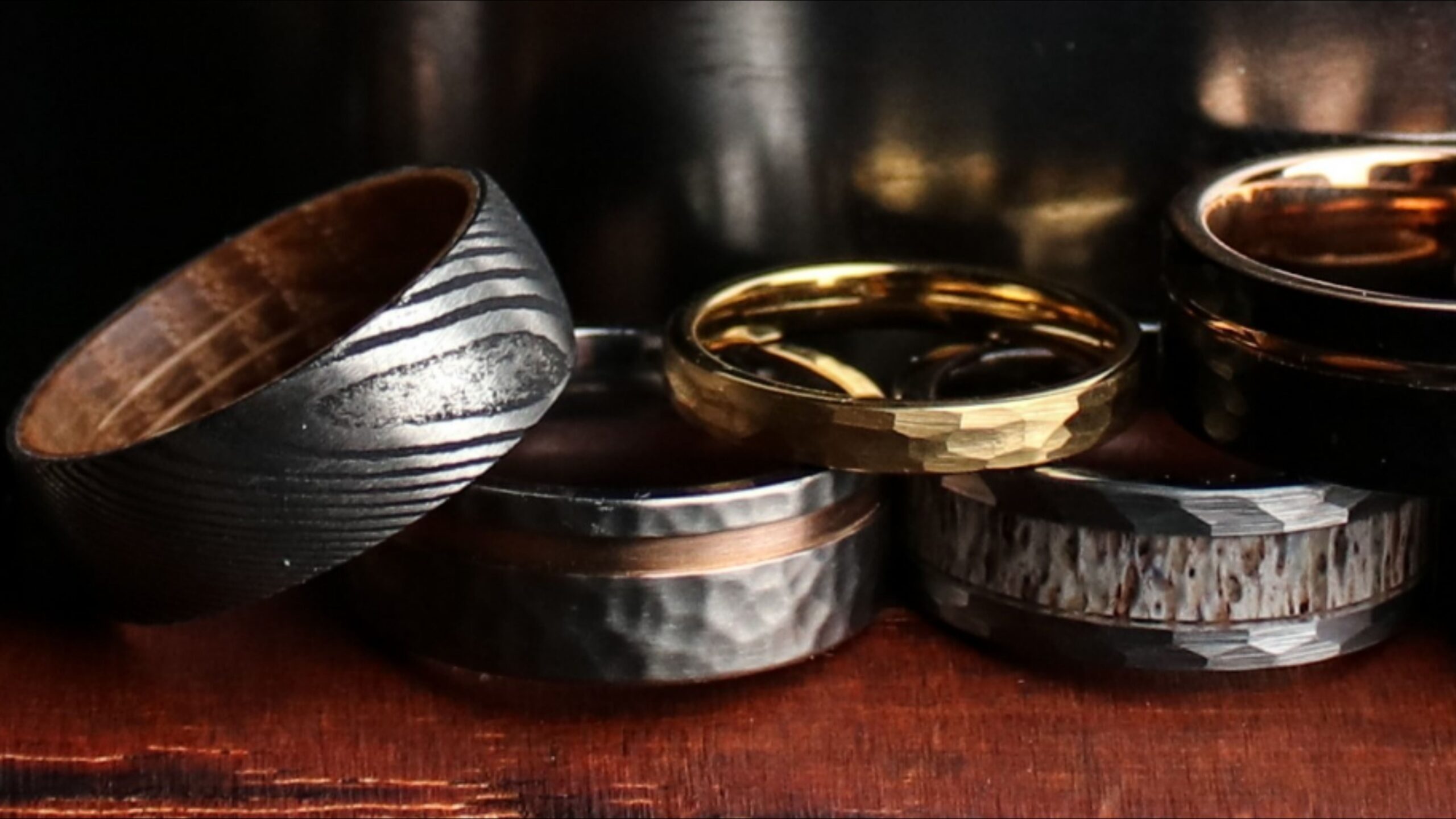Design Configurations Essentially Required in Ear Plugs for Flying

Flying can often be an uncomfortable experience due to the fluctuating air pressure, engine noise, and the overall noise levels inside an airplane. For frequent travelers or those sensitive to noise, Ear plugs for Flying have become a must-have accessory. These ear plugs are not only designed to reduce noise but also to alleviate the discomfort caused by pressure changes during takeoff and landing. This blog delves into the essential design configurations required in high-quality ear plugs for flying.
Why Use Ear Plugs for Flying?
Airplane noise levels can reach up to 85 decibels, which can be tiring for passengers, especially on long flights. Noise-cancelling earplugs help mitigate this noise, allowing passengers to rest or concentrate without disturbance. Additionally, ear plugs are instrumental in relieving the pressure-related discomfort in the ears, often referred to as airplane ear.
Essential Design Configurations for Flying Ear Plugs
1. Pressure Regulation Mechanism
The most important feature of ear plugs designed for flying is their ability to regulate pressure. High-quality ear plugs often include a built-in filter that slows down the air entering and leaving the ear canal, allowing the eardrum to adjust gradually to pressure changes. This prevents the painful ear-popping sensation commonly experienced during takeoff and landing.
2. Noise-Cancelling Properties
While reducing pressure-related discomfort is crucial, noise reduction is another vital aspect. Look for ear plugs with:
-
High Noise Reduction Rating (NRR): Ideally, ear plugs with an NRR of 20-30 decibels are effective in minimizing airplane noise.
-
Advanced Noise Filters: These filters allow for a reduction in unwanted frequencies while still enabling passengers to hear important announcements or conversations.
3. Comfortable Materials
Since flying often involves extended wear of ear plugs, the material must be comfortable and non-irritating. Common materials include:
-
Silicone: Durable and easy to clean, silicone ear plugs are hypoallergenic and reusable.
-
Memory Foam: These offer a snug fit by molding to the shape of the ear but are typically disposable.
-
Thermoplastic Elastomer (TPE): A softer material suitable for people with sensitive skin.
4. Customizable Fit
A universal fit may not suit all passengers, as ear canal sizes vary. High-quality noise-cancelling earplugs often come with multiple sizes of ear tips or adjustable designs to ensure a proper seal and maximum comfort.
5. Reusability
For frequent flyers, reusable ear plugs are a cost-effective and environmentally friendly option. Look for ear plugs that can be easily cleaned without compromising their effectiveness.
6. Compact and Portable Design
Air travel requires items to be lightweight and easy to carry. Many flying ear plugs come with compact carrying cases that can easily fit in your pocket or hand luggage, ensuring convenience and hygiene.
7. Compatibility with Other Devices
Some advanced flying ear plugs are designed to work seamlessly with over-ear or in-ear headphones, allowing travelers to enjoy noise-cancellation alongside their favorite music or movies.
How to Choose the Right Ear Plugs for Flying
1. Assess Your Noise Sensitivity
For passengers highly sensitive to noise, ear plugs with high NRR ratings and advanced filters are recommended.
2. Evaluate Pressure Sensitivity
If pressure changes during flights cause discomfort, prioritize ear plugs with pressure-regulating filters.
3. Opt for Certified Products
Ensure the product meets safety and quality standards. Many premium noise-cancelling earplugs are certified by regulatory bodies for effective noise and pressure control.
4. Consider Budget and Frequency of Use
Frequent flyers may benefit from investing in high-quality reusable ear plugs, while occasional travelers might opt for disposable yet effective options.
Benefits of Using Flying Ear Plugs
-
Reduced Noise Fatigue: Long flights can be exhausting due to persistent noise levels. Ear plugs provide a quieter and more relaxing environment.
-
Comfort During Pressure Changes: Pressure-regulating designs alleviate discomfort during takeoff and landing.
-
Improved Sleep Quality: Ear plugs help block out disturbances, allowing passengers to rest better during flights.
-
Protection for Sensitive Ears: Travelers prone to ear pain or pressure sensitivity find ear plugs indispensable.
Conclusion
When it comes to air travel, Ear plugs for flying are essential for ensuring a comfortable and stress-free experience. With advanced features like pressure regulation, noise cancellation, and customizable fits, these ear plugs cater to both comfort and functionality. Choosing the right pair of ear plugs equipped with the aforementioned configurations can make all the difference in your travel experience. Explore a range of high-quality ear plugs designed specifically for flying at Otifleks.
What's Your Reaction?


















.jpg)
